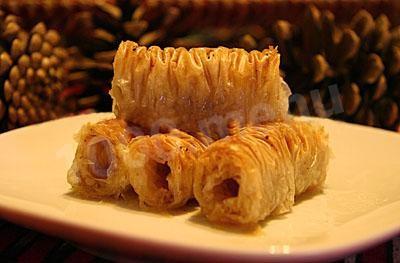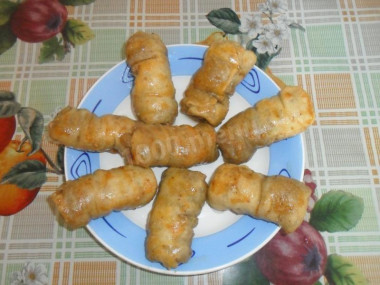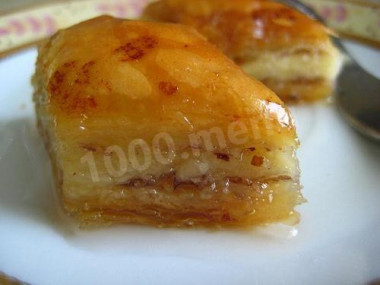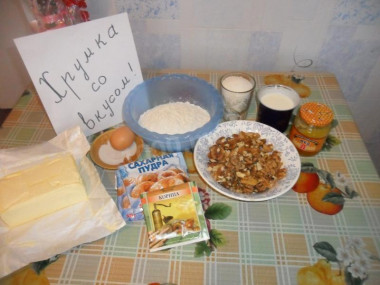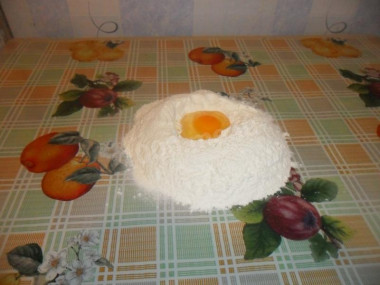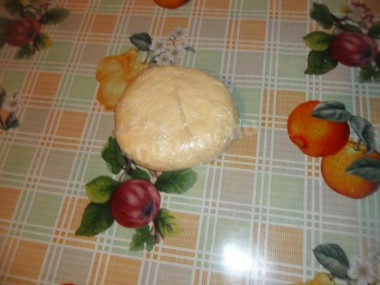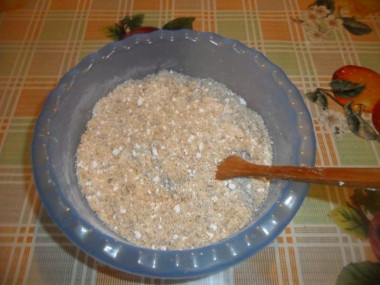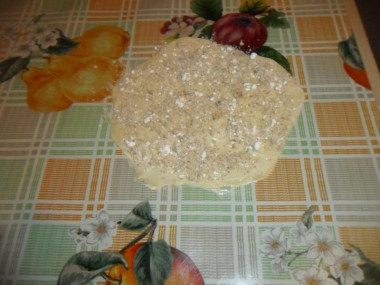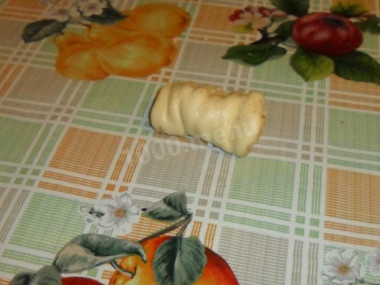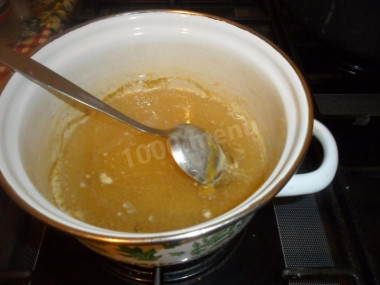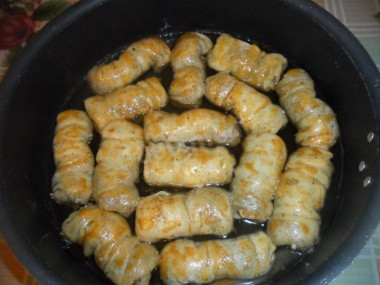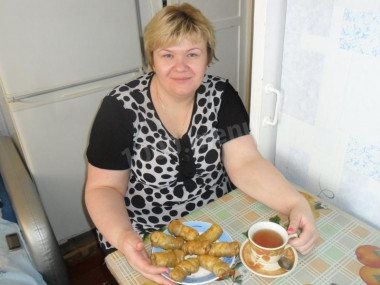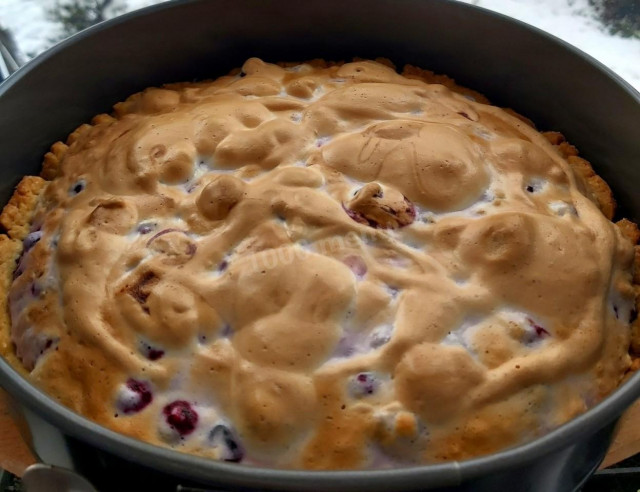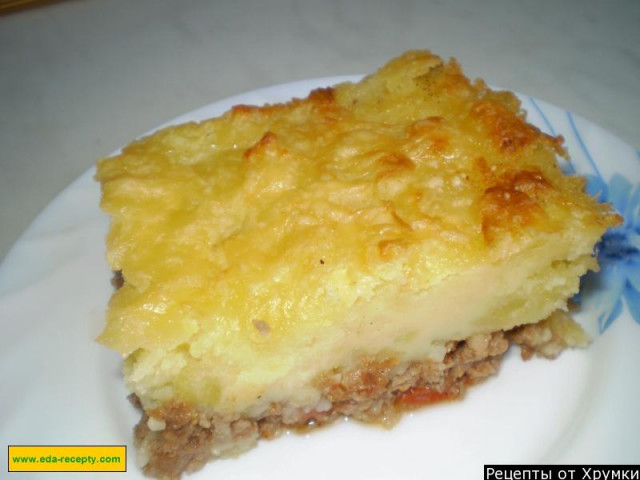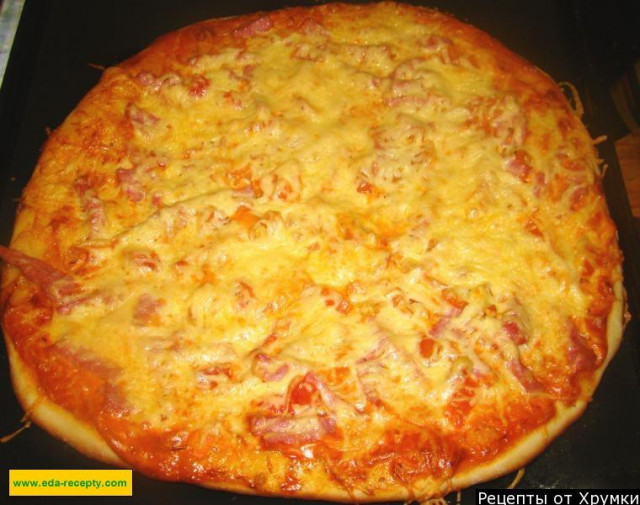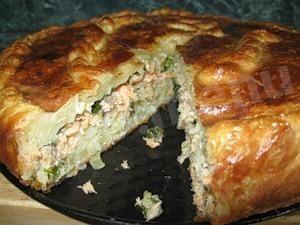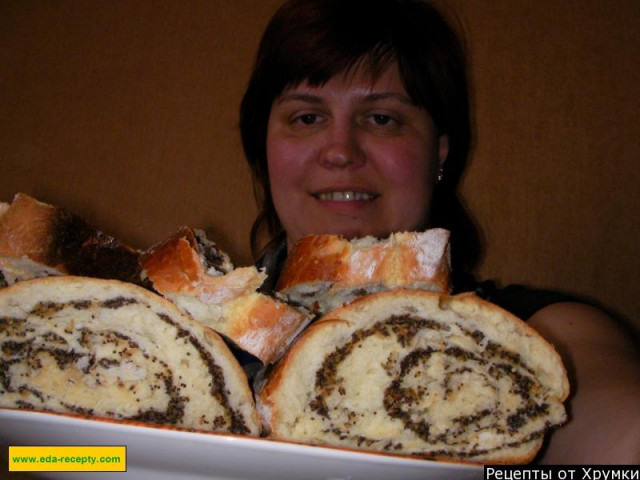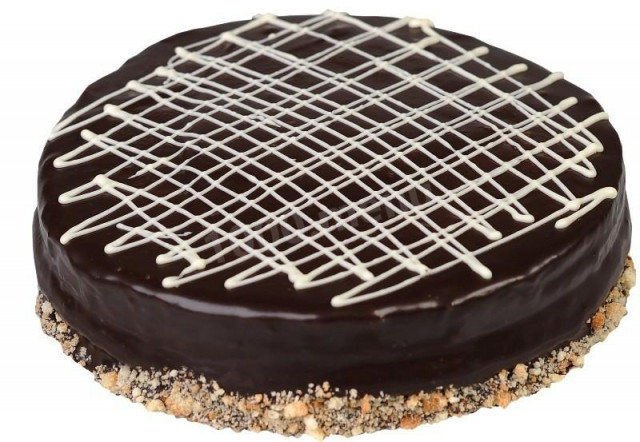Composition / ingredients
Step-by-step cooking
Turkish cuisine in general it is famous for a variety of sweets (as, indeed, any oriental). A
Turkish baklava
occupies a special place in it. If you know, baklava is prepared in a variety of countries. But I like Turkish most of all. Try to cook it at home, you will understand for yourself.
So, right on the table or in a bowl, you need to sift the flour with a slide to saturate it with oxygen. Pour a pinch of salt into it, then make a depression in the slide, where in turn add: butter (it needs to be melted beforehand), warmed, but not hot milk and one egg.
Now let's start kneading the dough. It should be cool, but very elastic. However, it may happen that the dough will come out too steep, then it is allowed to add milk during the kneading process.
The dough should be kneaded for at least seven minutes. We need it to stop sticking to our hands.
Now we put it in a plastic bag and leave it on the table for half an hour.
Walnuts can be passed through a meat grinder, you can grind them in a blender, or you can cut them with a knife.
When this is done, mix the nuts with cinnamon, powdered sugar.
We divide the dough into balls (in total we will get about two dozen balls).
While we are working with one ball, it is better to cover all the others so that the dough does not dry.
Each ball needs to be rolled out very, very thinly. Coat it with softened butter and sprinkle with nut filling.
Carefully fold all this into a loose roll, then, as it were, flatten this roll by pressing from both ends to the center. The roll will decrease in length by half. The edges of the dough now need to be filled in.
Spread the baklava on parchment paper on a baking sheet, coat with yolk and bake in a preheated oven to two hundred degrees. Bake for 15 minutes. Slow down the pace. up to 160 gr., take out the baking sheet and coat the baklava with melted butter. We put it back and bake for about 50 minutes.
During this time, we will cook sugar syrup from these products (water, sugar, honey). Boil for 15 minutes.
When the Turkish baklava is baked, it needs to be transferred to a convenient bowl and pour sugar syrup.
Leave for six hours, covered with a lid or towel.
Everything, baklava Turkish recipe is considered ready to use. The deliciousness will be indescribable!
The caloric content of the products possible in the composition of the dish
- Whole cow's milk - 68 kcal/100g
- Milk 3.5% fat content - 64 kcal/100g
- Milk 3.2% fat content - 60 kcal/100g
- Milk 1.5% fat content - 47 kcal/100g
- Concentrated milk 7.5% fat content - 140 kcal/100g
- Milk 2.5% fat content - 54 kcal/100g
- Chicken egg - 157 kcal/100g
- Egg white - 45 kcal/100g
- Egg powder - 542 kcal/100g
- Egg yolk - 352 kcal/100g
- Ostrich egg - 118 kcal/100g
- Honey - 400 kcal/100g
- Walnuts - 650 kcal/100g
- Black Walnut English Walnut - 628 kcal/100g
- Black Persian Walnut - 651 kcal/100g
- Walnut oil - 925 kcal/100g
- Cinnamon - 247 kcal/100g
- Granulated sugar - 398 kcal/100g
- Sugar - 398 kcal/100g
- Butter 82% - 734 kcal/100g
- Amateur unsalted butter - 709 kcal/100g
- Unsalted peasant butter - 661 kcal/100g
- Peasant salted butter - 652 kcal/100g
- Melted butter - 869 kcal/100g
- Salt - 0 kcal/100g
- Water - 0 kcal/100g
- Wheat flour - 325 kcal/100g
- Powdered sugar - 374 kcal/100g

